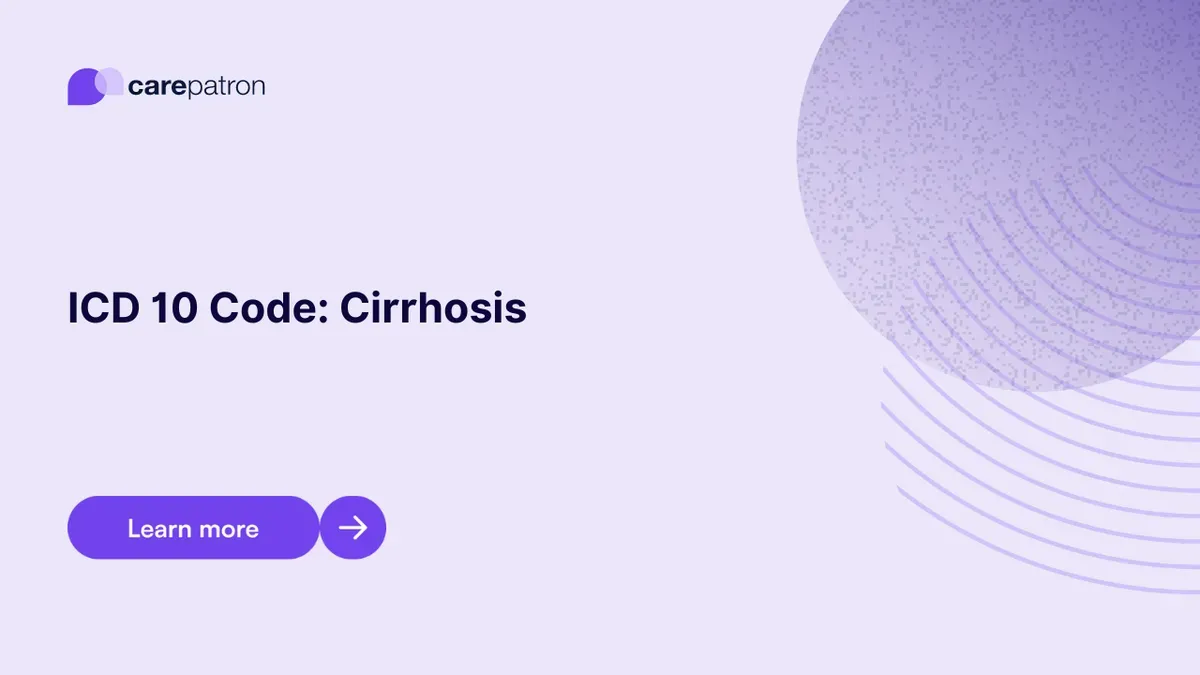
Cirrhosis ICD-10-CM Codes
Read this short guide and learn about cirrhosis ICD codes you can use!
Use Code
Commonly asked questions
No. Some aren’t, but we don’t recommend using those because they are also likely to be invalid.
Healthcare professionals and providers will resort to conducting blood tests, imaging tests, and liver biopsies.
Cirrhosis is challenging to treat due to the permanent nature of the damage. Because scar tissue cannot be healed, efforts will be made to limit the damage and reduce the stress on the liver. Medication will be administered and prescribed to treat the underlying cause of the cirrhosis. Any procedures related to the reason may also be performed. Lifestyle and dietary changes, such as limiting alcohol consumption and eating a healthy and balanced diet, should be beneficial.
EHR and practice management software
Get started for free
*No credit card required
Free
$0/usd
Unlimited clients
Telehealth
1GB of storage
Client portal text
Automated billing and online payments
